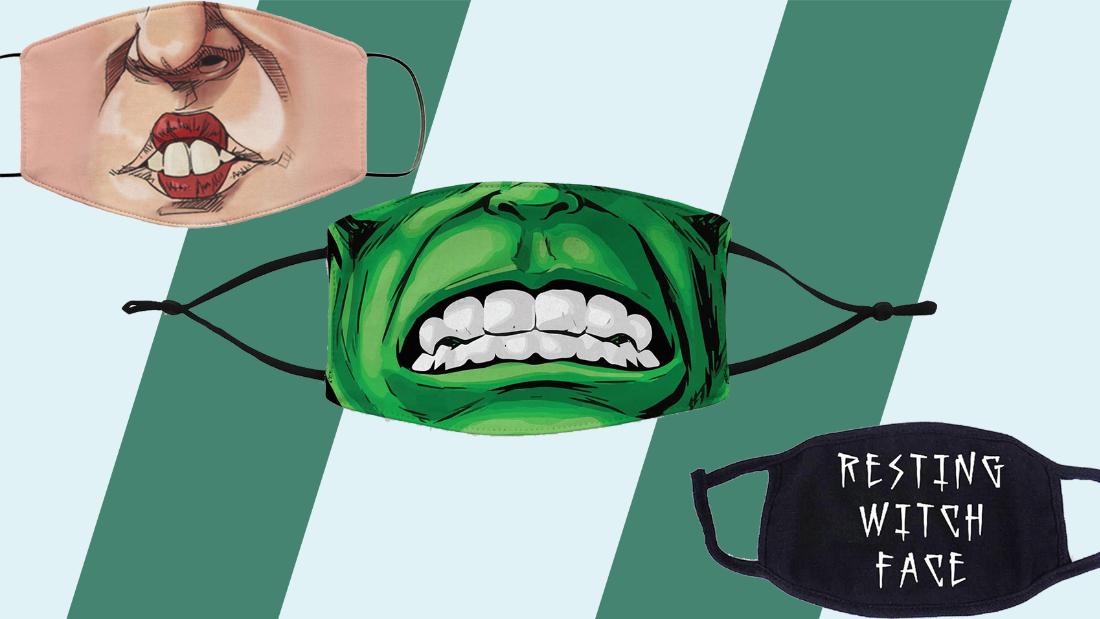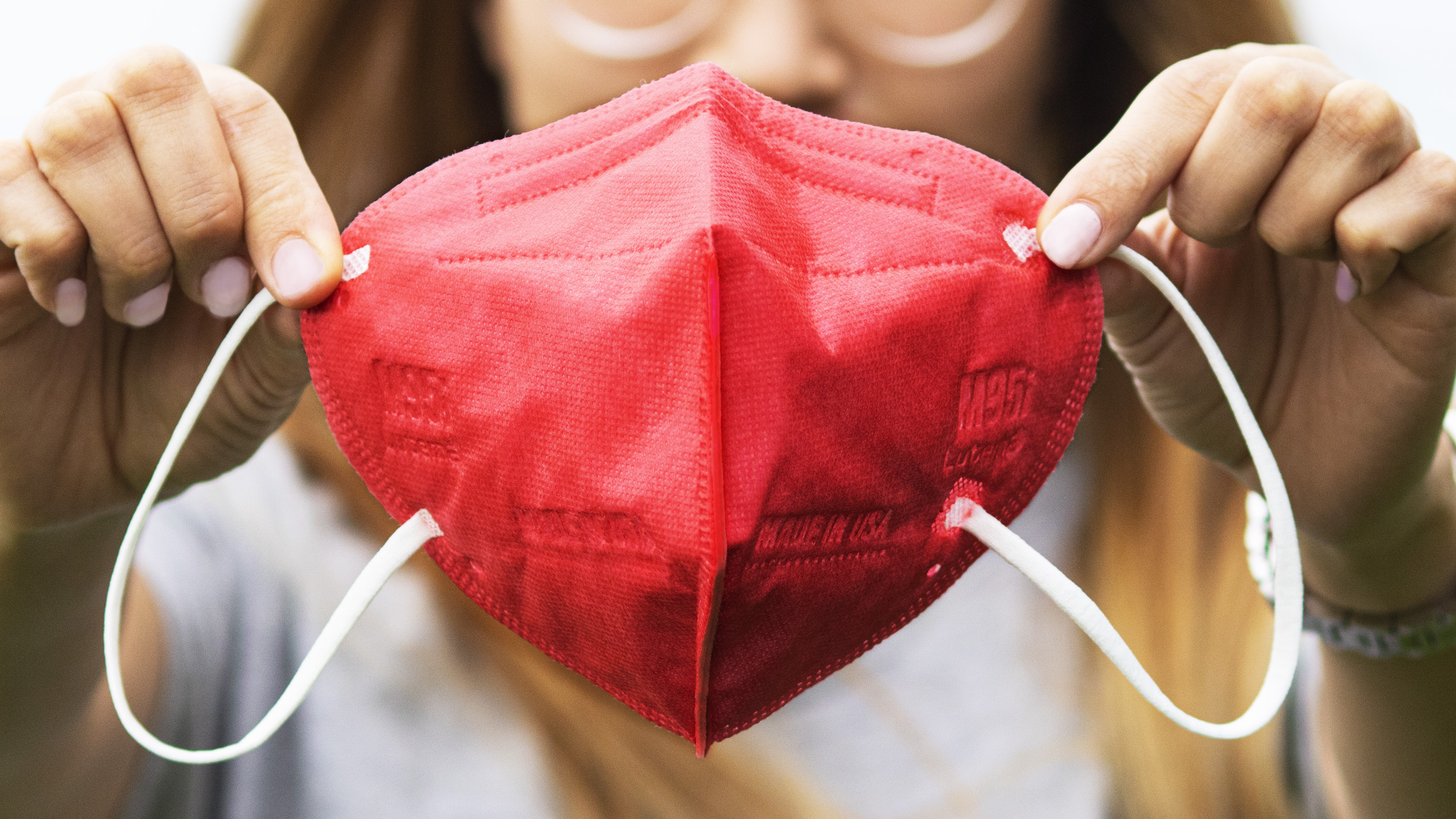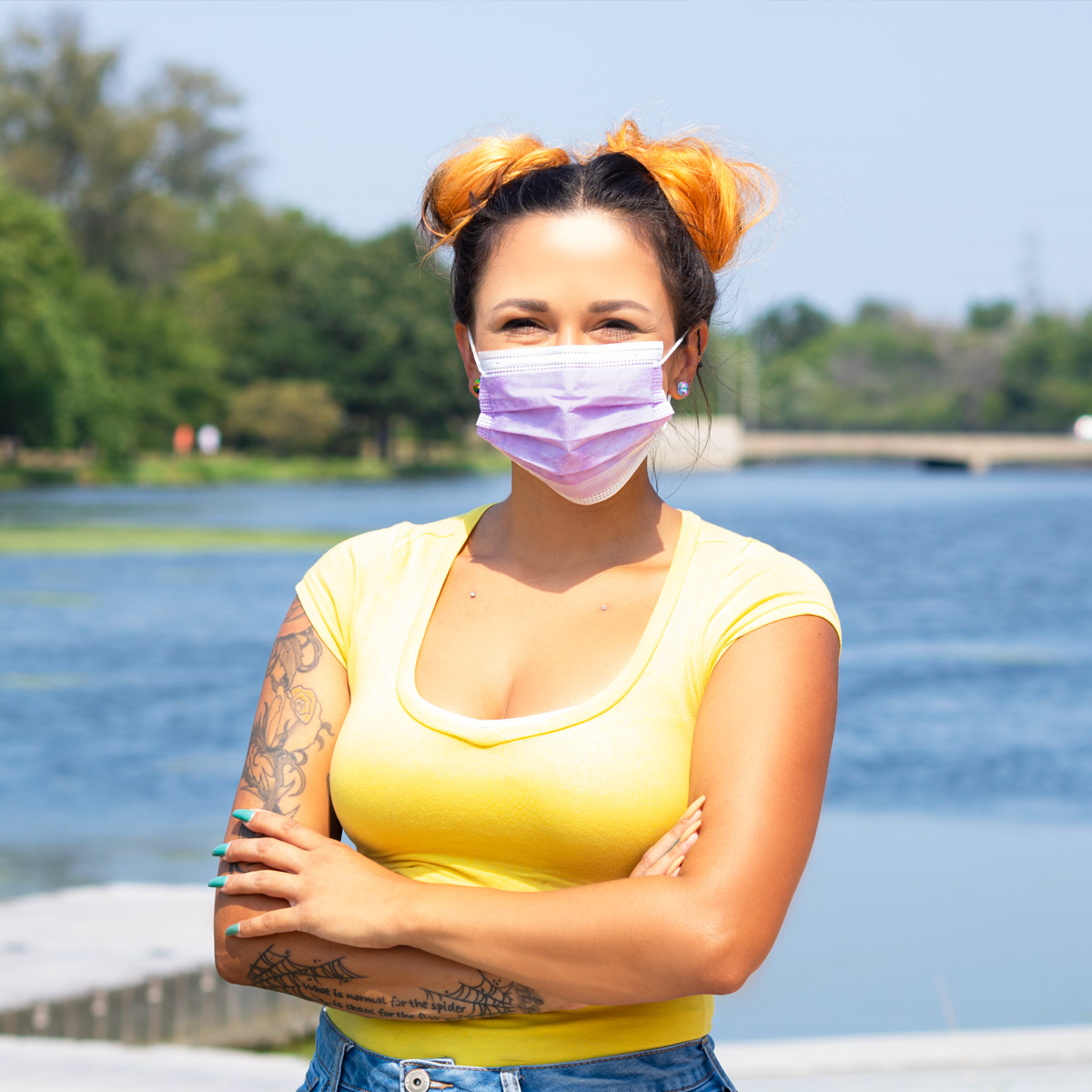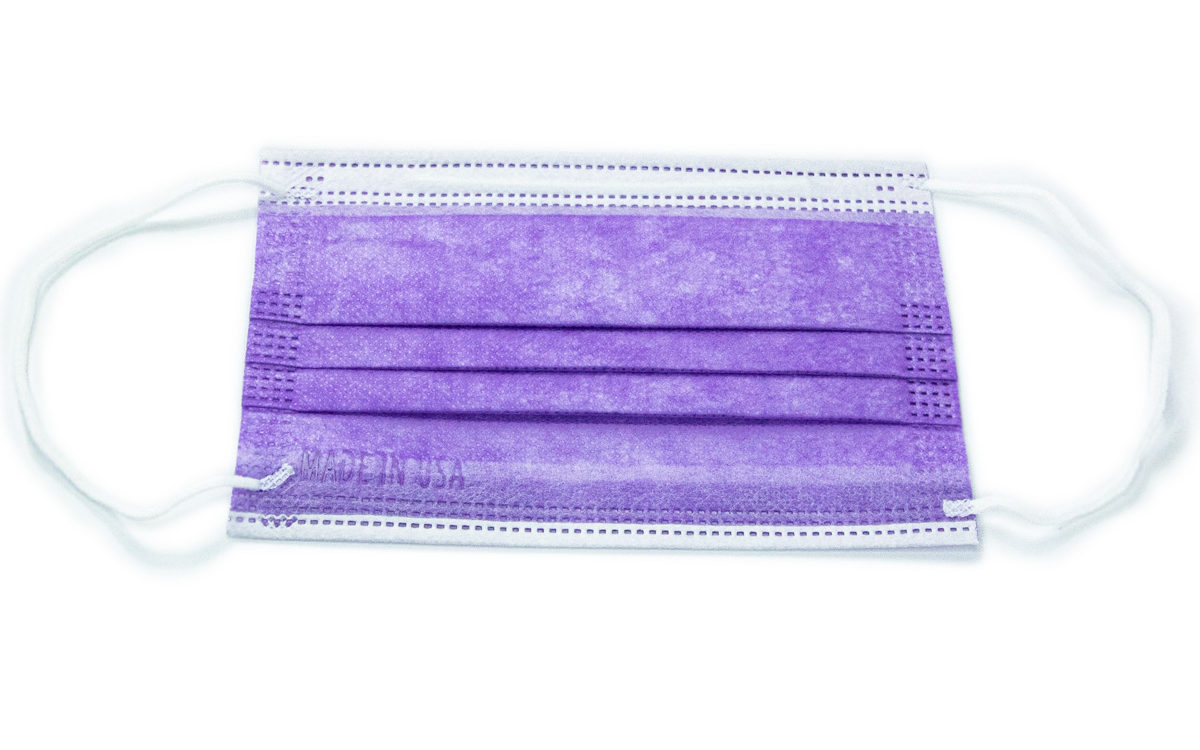There is a lot of conflicting information. Do surgical masks capture coronavirus particles? Media outlets like US National Public Radio have claimed they don’t. Fortunately, scientists have already accumulated hard data on air pollution masks that can answer these questions.
Buy FDA Listed, ASTM Level 3 Surgical Masks Made in USA
How Big Are Coronavirus Particles?
First things first: we need to know how big the coronavirus is. Scientists have already used electron microscopes to measure how big the corona virus is. Coronavirus particles (fancy scientific name “virions”) are spheres with diameters of approximately 0.125 microns (125 nm). The smallest particles are 0.06 microns, and the largest are 0.14 microns.
This means coronavirus particles are smaller than the PM2.5 cutoff, but bigger than some dust particles and gases.
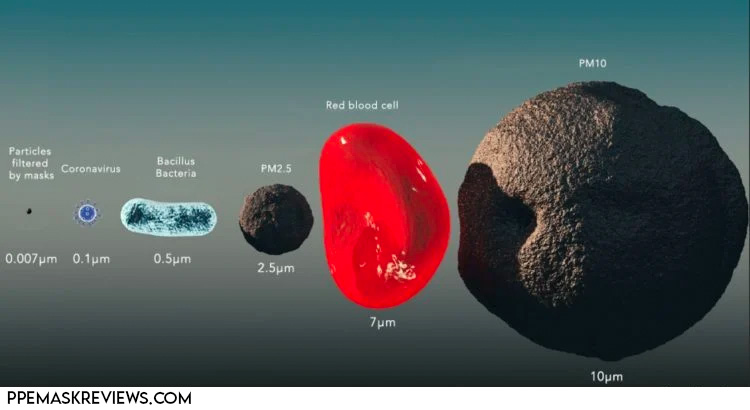
1. Can Masks Capture Coronavirus Particles?
The skeptic case:
Amid the outbreak, some people have said: The coronavirus (and other viruses for that matter) is tiny, and masks are so thin. They can’t possibly get tiny coronavirus particles. Business Insider used this logic in their article whose title claimed masks “probably won’t protect you.”
The scientific test:
Researchers from the University of Edinburgh tested different common masks by running a diesel generator (to mimic car exhaust) and piping the exhaust through the masks. They used a particle counter to see how many particles made it through the mask.
3M industrial filters were able to capture over 95% of particles down to 0.007 micron. Given that news outlets have claimed surgical masks can’t capture nanoparticles, it’s particularly surprising that the surgical mask was able to capture 80% of the tiny particles.
Even poorly performing masks captured over 90% of viruses. The researchers chose two N95 masks that scored poorly in an earlier study, yet even these poor-performers still blocked 94% of particles under the heaviest air flow rate.
Conclusion: Masks – including surgical masks and N95 masks – can capture viruses and even particles over 10 times smaller.
Buy FDA Listed, ASTM Level 3 Surgical Masks Made in USA
2. “OK, they can capture particles even smaller than the coronavirus, but when you wear them, all the air just leaks in the side.”
The skeptic case:
Mask works in theory, but those tests aren’t on real faces! When you actually wear them, you can’t get a good enough fit, so they’re basically useless.
The scientific test:
To answer this question, you need a really expensive fit-test machine.
Several 3M masks were able to capture over 99% of tiny 0.01 micron particles (10 times smaller than the coronavirus), even while on people’s face. What’s more, surgical masks were surprisingly effective, capturing 63% of the tiny virus-sized particles.
Bottom Line: Can Masks Protect People From The Coronavirus?
Masks can filter particles as small as 0.007 microns – 10 times smaller than viruses, and much, much smaller than the PM2.5 cutoff. What’s more, they work surprisingly well, even while people are wearing them. Surgical masks don’t work as well as N95 masks, but they are cheaper and more readily available. This makes them useful alternatives when other masks aren’t available.






